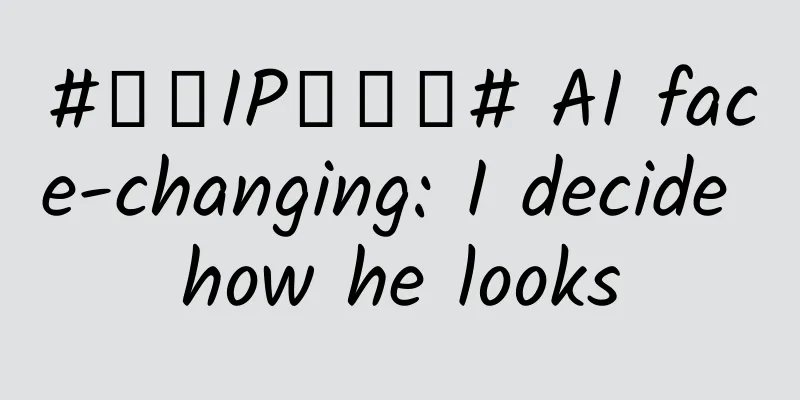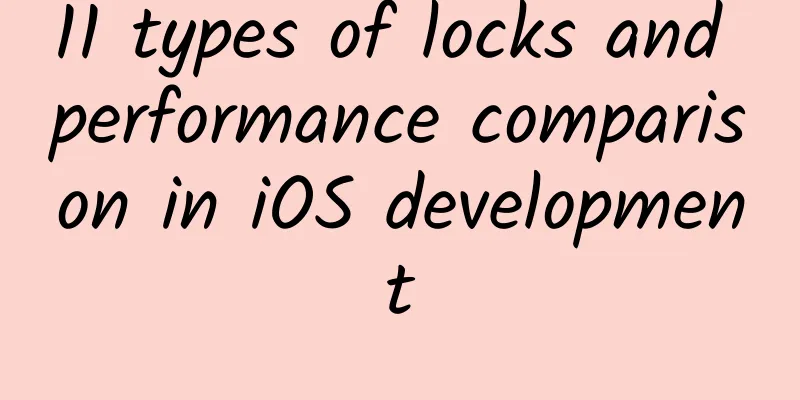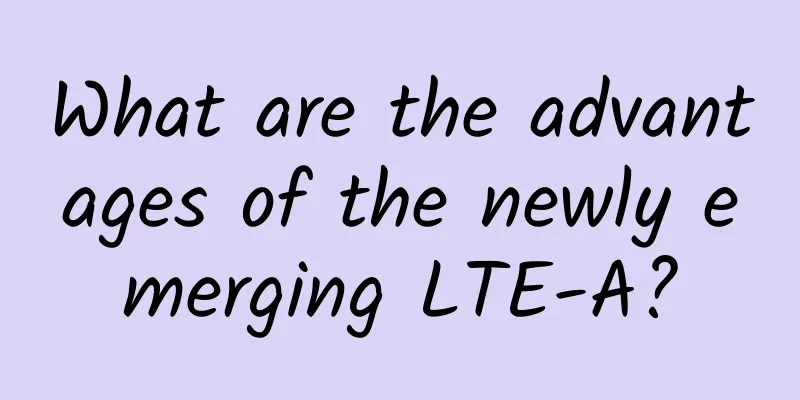#千万IP创科普# AI face-changing: I decide how he looks

|
Sichuan opera is a treasure of traditional Chinese culture. One of the stunts of Sichuan opera performance is face changing. The actors change their facial makeup instantly on the stage to show the rapid changes of the characters' emotions and to show the characters' personalities and emotions appropriately. This performance form not only reflects the rich connotation of Sichuan opera art, but also shows the unique charm of Chinese opera art, and is deeply loved by the audience. Photo/Visual China Today, with the rapid development of artificial intelligence (AI) technology, a technology called "AI face-changing" has gradually come into our view. This technology amazes us with its unique charm and makes our lives more colorful, but it also brings some risks and challenges. Deep fakes and AI face-swapping As the saying goes, what you hear is not what you believe, what you see is what you hear. In fact, people always see things on the surface, and the truth is often hidden in places that people cannot see. Especially on the Internet, it is difficult to distinguish between true and false pictures and videos. The development of AI face-changing technology is inseparable from the progress of image recognition and generation technology. In the early 20th century, scientists began to study how to use computers to generate facial images. However, early face-changing technology was mainly based on computer image processing technology, such as image fusion, light and shadow color adjustment, etc. Although these technologies can achieve basic facial replacement, the generated effect is relatively rough and it is difficult to achieve a natural and realistic level. AI face-changing technology is closely related to image recognition and generation technology. Image/Visual China With the introduction of deep learning technology, more and more researchers have begun to apply deep learning technology to the field of face swapping, that is, using deep fake technology to perform AI face swapping. Through training with a large amount of facial image data, deep learning models can learn the complex facial features of human faces. With the development of deep learning technology, Deepfake technology has also begun to make breakthrough progress. It uses deep learning algorithms to generate images, replacing one person's facial image with another person's facial image, and the effect is very realistic. Since then, Deepfake technology has gradually become a hot topic, attracting more and more attention and research. 2014 was the first year of the birth of Deepfake, which relies on the "Generative Adversarial Network" (GAN) technology. This type of network consists of two AI agents: one is responsible for forging images, and the other is responsible for detecting image effects. If the detection AI identifies the forgery, the forgery AI will continue to improve its level. In this way, the two AI agents accumulate powerful capabilities during the training process, and eventually they can create fictional images that are almost indistinguishable to humans. Then, researchers began combining GANs with multi-layer convolutional neural networks (CNNs) optimized for image recognition. CNNs can process large amounts of data in parallel and run particularly efficiently on graphics cards. The more complex the structure of the convolutional neural network, the more believable the fake faces generated. This combination brought the credibility of the generated results to a new level. The training effect became better as Nvidia proposed training the network in stages. First, the deep fake AI learned to create low-resolution images. After that, the resolution was gradually increased, step by step introducing high-resolution generation capabilities to the GAN. GANs trained in this way began to produce fake portraits of unprecedented quality. How AI changes faces step by step As Deepfake technology continues to advance, Deepfake face-changing applications are also evolving. Popular programs include FakeApp, FacesWap, and DeepFaceLab, which achieve amazing results through deep learning technology. Let's take DeepFaceLab as an example. It is a powerful commercial AI face-changing software that uses the most advanced deep learning technology to achieve very realistic face-changing effects. It is highly flexible and customizable, supporting a variety of different face-changing algorithms and facial feature adjustment options. At the same time, it also provides rich tutorials and community support, making it easier for users to learn and use. Chongqing citizens experience Sichuan Opera face-changing through AI face-changing technology (Image/Visual China) The execution idea of DeepFaceLab is: first convert the video into pictures, extract the face from the picture, learn the features from the face; then apply it to the model, change the face of the picture, and then synthesize the picture into a video with the original video audio track. Specifically, it can be divided into the following steps: 1. Process the original video and decompose it into pictures. 2. Process the target video and decompose it into pictures. 3. Extract facial images from the original video image. 4. Extract facial images from the target video picture. 5. Train the model, which is the most important and time-consuming part of all the steps. According to the model training, wait for the original image to gradually become clearer than the target image. 6. Apply the model to change the face of the picture. 7. Convert the face-changed picture into a video and automatically read the configuration information of the original video, including frame rate, audio track, etc. Diversified application scenarios of AI face-changing technology With the continuous advancement of artificial intelligence technology and the continuous expansion of application scenarios, AI face-changing technology is expected to achieve more extensive development and application in the future. The following are some application scenarios of AI face-changing technology: *Film and television production. *In film and television production, AI face-changing technology can be used in special effects production, character replacement, etc. By replacing the facial features of actors with those of other characters, it is possible to quickly change roles and reconstruct scenes, thus improving the viewing experience of film and television works. * Social media. * On social media platforms, AI face-changing technology can be used to create fun videos, emoticons, and other content. Users can upload their own photos or videos and replace their facial features with those of other celebrities or characters, increasing the fun of social interaction. *Safety education field. *AI face-changing technology can also be reversely applied to anti-fraud propaganda, security monitoring, face recognition and other fields to improve the public's safety awareness and prevention capabilities. Interesting face-changing pictures/Internet In addition, AI face-changing technology can also be applied to fields such as virtual reality (VR) and augmented reality (AR) to provide users with a more immersive experience. Risks and challenges behind joy With the advancement of science and technology, humans will transition to a super AI society. AI face-changing will bring us a lot of fun and convenience, but it also creates some risks and challenges. First, AI face-changing technology may be used for malicious purposes, such as making fake videos, conducting online fraud, and creating fake news. These behaviors will not only cause losses to individuals, but may also trigger a crisis of social trust. Therefore, it is necessary to strengthen network supervision, identify illegal behaviors in a timely manner, and create a healthy cyberspace. Secondly, AI face-changing technology may infringe on privacy and portrait rights. AI face-changing technology requires a large amount of facial image data for training and optimization, which may involve personal privacy and security issues. If someone else's facial image is used for AI face-changing without authorization, it may constitute an infringement. Therefore, in the process of data collection, storage and use, it is necessary to strictly abide by relevant laws and regulations to ensure the security and privacy of user data. Finally, AI face-changing technology may also raise ethical and moral issues. For example, using AI face-changing technology in film and television production may reduce the audience's identification with the character, thus affecting the viewing experience. Therefore, when applying AI face-changing technology, its ethical and moral impact needs to be fully considered. AI face-changing technology also brings some risks. Image/Visual China Technological risks are not uncontrollable. The key lies in human mastery and management. In order to ensure that artificial intelligence technology can truly benefit all mankind, we must improve the relevant regulatory system as it becomes increasingly integrated into daily life. The future of mankind should be dominated by humans themselves, not by technology. |
<<: How much radiation does the body absorb when taking a "film"? The truth is...
Recommend
TikTok anchor PK strategy and skills
5 Tips for Hosts to Connect with MCs 16 game cont...
How to do a good job in the market for a new APP: cheating, deceiving, kidnapping, deceiving, stealing
In the mobile game market, if a marketer wants to...
An encounter ten thousand years ago stirred up a vortex in the accretion disk!
During the star formation process, an accretion d...
Light and Shadow No. 7-Ae+C4D Business Advanced Case Course Master Class (First Period)
Light and Shadow No. 7-Ae+C4D Business Advanced C...
Why does school always start in September? It turns out that there is a meteorological reason!
The new school season is coming Parents have been...
3 models + 5 methods of data operations!
Many friends who are just getting started with da...
Ma Bingbing Education MCA Algorithm High Frequency Questions Explanation
Course Catalog ├──If you don’t master the basic da...
Taylor Swift's 10 albums (including the new album "Red") + various singles collection
*2019.12.10 New single "Christmas Tree Farm&...
Hackers developed a relay attack and stole a Tesla Model X in three minutes. Official response: There is no solution
With its excellent autonomous driving functions a...
The State Administration of Radio, Film and Television who does not want to be a screenwriter is not a good director
When it comes to who is the greatest director in ...
An agenda sheet reveals the secrets of Google I/O
[[133647]] Recently, Google officially released t...
3 stages of APP user growth!
Today I’m going to join in the fun and talk about...
Why can the tempered glass of the side windows, which is difficult to break with the seat headrest, be easily shattered by a window breaker?
Every summer, typhoons wreak havoc. The accompany...
WeChat Mini Program Analysis Report
Mobile application product promotion service: APP...









